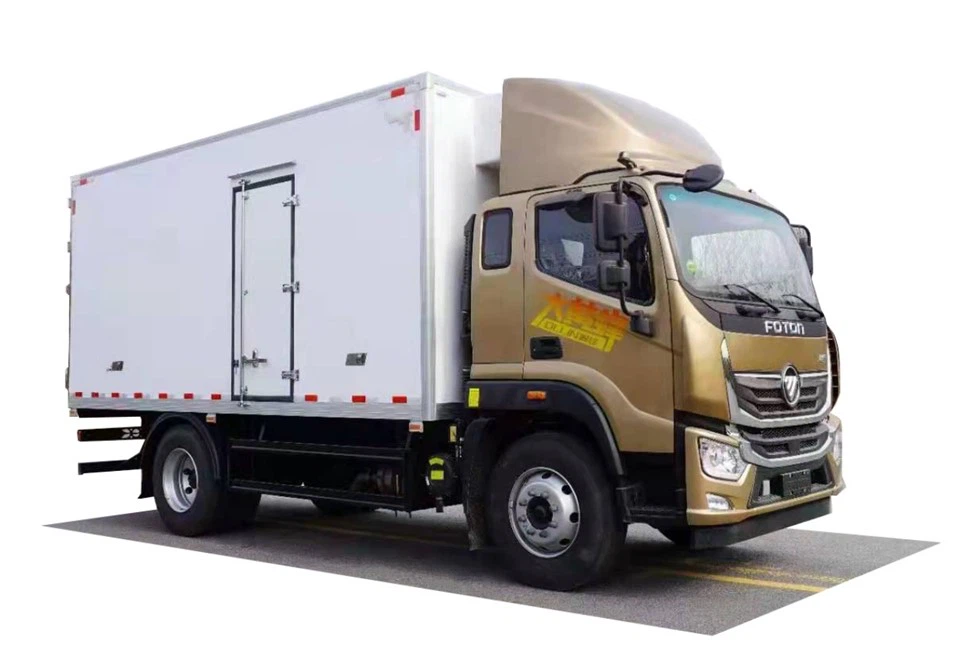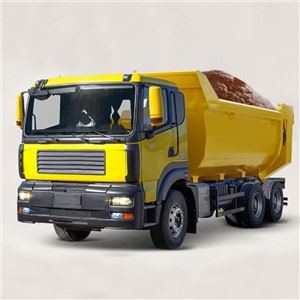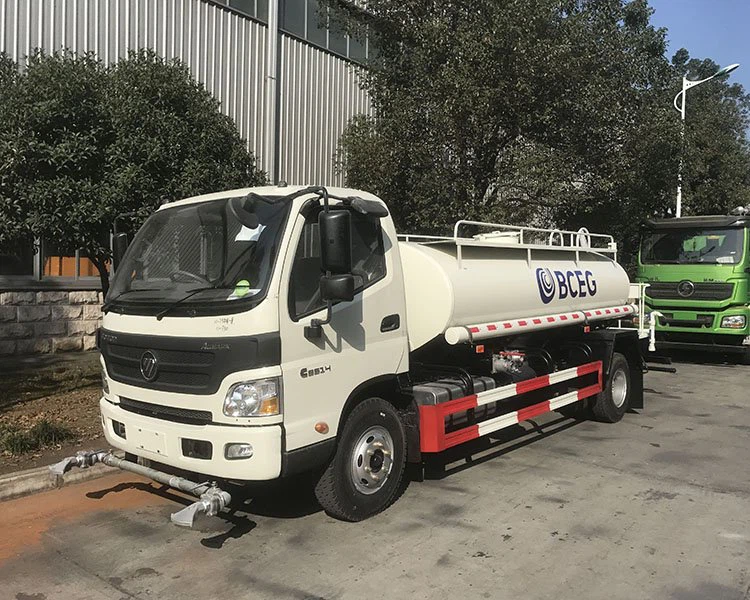Understanding Trash Truck Bodies: A Comprehensive Guide

Trash truck bodies are an essential component of waste management systems, designed to transport and handle refuse efficiently. The innovation and engineering behind these bodies play a crucial role in ensuring environmental sustainability and operational efficiency for waste collection services. In this comprehensive article, we will delve into the different types of trash truck bodies, their features, benefits, and considerations for choosing the right body for your needs.
What Are Trash Truck Bodies?
Trash truck bodies refer to the rear portion of waste collection vehicles specifically designed to accommodate and transport solid waste. They are engineered to facilitate the collection, transport, and unloading of garbage, recyclables, and other waste materials. Depending on the specific needs of waste management operations, trash truck bodies come in various configurations and materials.
Types of Trash Truck Bodies
1. Rear-Loaders
Rear-loader trash trucks have a design that allows for loading waste from the back. They are commonly used for residential waste collection.
Features of Rear-Loaders
- Typically equipped with a compaction mechanism to reduce the volume of waste.
- Loading capacity ranges from 15 to 30 cubic yards.
- Perfect for residential routes due to their efficiency in collecting curbside waste.
- Compact size allows access to narrow streets.
- Operational efficiency with a lower number of trips required.
2. Side-Loaders
Side-loader trash trucks are designed to pick up waste from the side of the vehicle, making them ideal for urban environments with tighter spaces.
Features of Side-Loaders
- May include automated arms for improved ergonomic handling.
- Loading capacity typically ranges between 20 to 30 cubic yards.
- Great for high-density residential areas where curb access is difficult.
Advantages of Side-Loaders
- Reduces the need for manual labor, promoting safety.
- Enhanced operational efficiency due to close proximity load points.
3. Front-Loaders
Front-loader trucks are designed primarily for commercial waste collection, utilizing a loader at the front to lift and dump containers directly into the truck.
Features of Front-Loaders
- Capable of handling larger waste containers, typically ranging from 2 to 8 cubic yards.
- Loading capacity may reach up to 40 cubic yards.
- Equipped with powerful hydraulic systems to lift heavy containers.
Advantages of Front-Loaders
- Speedy collection process for commercial clients.
- Minimizes the physical effort needed to collect large amounts of waste.
Materials Used in Manufacturing Trash Truck Bodies
1. Steel

Steel is a popular choice for trash truck bodies due to its durability and strength. It can withstand heavy loads and resist damage from corrosive materials.
Pros of Using Steel
- High tensile strength allows for heavier payloads.
- Can be easily repaired.
Cons of Using Steel
- Heavyweight, increasing the overall vehicle weight and fuel consumption.
- Prone to rust if not properly maintained.
2. Aluminum
Aluminum is becoming increasingly favored for trash truck bodies for its lightweight properties and resistance to corrosion.
Pros of Using Aluminum
- Significantly lighter than steel, enhancing fuel efficiency.
- Corrosion-resistant, longer lifespan in wet environments.
Cons of Using Aluminum
- Higher initial manufacturing costs.
- Less durable under extreme conditions compared to steel.
3. Composite Materials
Composite materials often combine various resources for effective performance, utilizing a blend of plastics and metals.
Pros of Composite Materials
- Lightweight and corrosion-resistant.
- Good thermal insulation properties.
Cons of Composite Materials
- Durability can vary significantly between different types of composites.
- May have limitations in heavy-duty applications.
Important Features to Consider
1. Compaction Mechanism
Most trash truck bodies come equipped with a compaction mechanism that reduces the volume of waste. This feature maximizes payload capacity and minimizes the frequency of trips required to service collection routes.
2. Safety Features
Safety is paramount in waste collection. Modern trash truck bodies often incorporate safety features such as backup cameras, alarms, and side sensors to help prevent accidents and enhance operator visibility.
3. Customization Options
Customization can help tailor the truck body to specific operational needs. Options may include different compaction types, various body sizes, and additional storage or access features for tools and safety gear.
Maintenance Tips for Trash Truck Bodies
1. Regular Inspections
Perform weekly inspections to ensure all mechanical and structural components are in good working order. Look for signs of wear, corrosion, and damage.
2. Cleaning Protocols
Establish a cleaning routine to maintain hygiene and functionality. Regularly wash the truck body exterior and interior to prevent the buildup of waste materials.
3. Lubrication of Moving Parts
Keep moving parts well-lubricated to enhance their operation and prolong the lifespan of the components. Pay special attention to hydraulic systems and compaction mechanisms.
Choosing the Right Trash Truck Body
1. Assess Your Waste Collection Needs
Identify the type and volume of waste you will be collecting. Consider factors such as local regulations and community waste disposal needs. This assessment will guide your choice between rear-loaders, side-loaders, and front-loaders.
2. Evaluate Route Characteristics
Know the layout and challenges of your collection routes. Narrow streets, high-density areas, and the types of access points will influence which body style is the most efficient.
3. Budget Considerations
Your budget will impact the quality of the trash truck body you can afford. Building maintenance costs into your budget is crucial. Remember that investing in a higher-quality body can result in savings on repairs and maintenance.
Practical Examples of Trash Truck Applications

1. Residential Waste Collection
In suburban areas, rear-loaders are often used for household waste collection. Their compact size allows them to navigate narrow streets effectively while still providing an adequate amount of waste collection.
2. Commercial Waste Management
Front-loaders are commonly seen collecting waste from large businesses and complexes. Their ability to lift and empty large containers quickly improves efficiency and reduces operational costs.
3. Construction Debris Removal
Trucks with specialized bodies designed for heavy-duty debris, such as roll-off trucks, are often used in construction zones, demonstrating the versatility in trash truck body designs.
FAQ Section
1. What is the typical lifespan of a trash truck body?
The typical lifespan of a trash truck body can range from 10 to 15 years, depending on usage, maintenance, and materials used.
2. How can I improve the efficiency of my trash truck?
Improving efficiency can be achieved through regular maintenance, route optimization, and investing in the latest technology, such as compaction and automation systems.
3. What materials are considered the best for trash truck bodies?
Steel, aluminum, and composite materials are all commonly used, with aluminum being favored for its lightweight and corrosion-resistant properties.
4. Are automated trucks more efficient than manual trucks?

Automated trucks improve efficiency by reducing labor costs and speeding up the waste collection process, especially in areas with high traffic.
5. How do compaction systems work in trash truck bodies?
Compaction systems use hydraulic mechanisms to compress waste material, thereby maximizing the truck’s payload and minimizing the number of trips needed for collection.
6. Can I customize my trash truck body?
Yes, many manufacturers offer customization options to suit your operational needs, including different sizes, compaction types, and additional features.
